Supercharge Your Game: How to Choose the Right Golf Ball for Different Courses
Choosing the right golf ball isn’t just about preference; it’s about adapting to the dynamic challenges of each course. From gusty winds to unforgiving hazards, every round presents a new puzzle to solve.
In this article, we’ll delve into strategies for selecting the ideal golf ball, tailored to conquer the distinct conditions and layouts of various courses. Through practical tips and insights gained on the fairways, we’ll shed light on the art of choosing the right ball for the right course.
Adapting to Course Layouts
Adapting to course layouts is crucial for optimizing your performance. The specific features of a golf course can greatly influence your choice of golf ball.
Read More:
- Best Golf Balls to Buy in 2024
- Navigating the Golf Ball Rollback: Implications and Insights
- Integrating Technology in Golf: Revolutionizing the Game with Advanced Golf Balls and Simulators
- Golf Balls In The Cold And Why Your Golf Balls Behave Differently
Courses with Narrow Fairways and Numerous Hazards
Courses with narrow fairways and numerous hazards, such as bunkers, water hazards, and thick rough, demand precise shot-making and control. In these scenarios, a ball that offers enhanced control and spin, such as one with a softer cover, can help you better control your shots, particularly on approach shots and around the greens. This allows you to better control your ball’s landing and stopping power, which is essential for avoiding hazards and staying within the tight fairways.
Golf Balls That Provide Enhanced Control And Spin
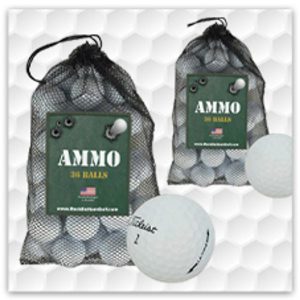
Courses with Wide Fairways and Fewer Hazards
On the other hand, courses with wide fairways and fewer hazards allow for a more aggressive play style, focusing on maximizing distance. For these conditions, a ball designed for distance, typically a harder ball that generates less spin, can be advantageous. These balls can travel farther off the tee and roll out more on the fairways, helping you to reach the green in fewer shots and set up shorter approach shots.
Golf Balls Designed For Distance
- Titleist Velocity
- Bridgestone e12 Contact
- Callaway Superfast
- Srixon Distance
- TaylorMade Distance+
- Snake Eyes Extreme Distance
Courses with Elevated Greens and Complex Greens
Courses with elevated greens or complex greens require precise approach shots and a delicate touch around the greens. In such cases, a ball that provides a good balance of distance and control is ideal. You need a ball that offers enough spin to stop quickly on the greens while also providing consistent distance for accurate approach shots. This combination can help you navigate elevated greens and intricate green complexes more effectively.
Golf Balls That Provide A Good Balance Between Distance And Control
Courses with Tree-Lined Fairways
Tree-lined fairways create tight driving corridors and necessitate accurate shot shaping to avoid trouble. A ball that offers a combination of control and workability is essential for these courses. Look for a ball that allows you to shape your shots, whether it’s a draw or a fade, to keep the ball in play and avoid the trees. This ability to control your ball’s trajectory and shape can be particularly beneficial on tree-lined courses.
Golf Balls That Offers Control And Workability
Links-Style Courses
Links-style courses often feature open layouts, firm fairways, and unpredictable wind conditions. For these courses, a low-spin ball that provides stability in the wind is advantageous. Additionally, a ball that offers good distance and roll on firm fairways can help you maximize your distance off the tee and on approach shots. Controlling your ball’s flight in the wind and taking advantage of firm ground conditions is crucial on links courses.
Golf Balls That Offer Good Distance and Roll On Firm Fairways
Courses with Numerous Water Hazards
Finally, courses with numerous water hazards require strategic shot placement and control to avoid penalty areas. A ball with a soft cover that provides increased spin and control can help you navigate water-heavy courses effectively. The ability to stop your ball quickly on the greens and control your shot placement is crucial for avoiding water hazards and minimizing the risk of penalty strokes.
Golf Balls With Soft Cover For Increased Spin And Control
Understanding Course Conditions:
Understanding how course conditions impact your ball choice is key to optimizing your game. Here’s a deeper look at how different conditions can influence your decision:
Recommended:
- Inside the Golf Bags of 2024’s Biggest Stars
- Embracing Golf in Mid-Life: More Than a Hobby, An Investment in Well-being
- Couples Golfing Goals: How Couples of Today and Yesterday Bond Through Golf
- First Set Of Golf Clubs: Tips for Buying Your First Set of “Real” Golf Clubs
1. Wet Conditions:
Challenge: Wet courses can lead to reduced spin and control, affecting shot accuracy.
Ball Choice: Opting for a softer ball cover can counteract these effects by maintaining spin and providing better control over shots. This helps the ball to grip better for increased spin when the ball is wet.
Wet Condition Ball Suggestions
2. Dry and Firm Conditions:
Challenge: Dry and firm courses offer less forgiveness, with balls tending to roll out more.
Ball Choice: A harder ball is better suited for these conditions as it can offer more distance and roll. This can be advantageous on dry courses where maximizing distance is key.
Dry Conditions Golf Ball Suggestions
3. Windy Conditions:
Challenge: Wind can significantly affect the flight path of the ball, leading to less predictable shots.
Ball Choice: Choosing a ball with lower spin can help mitigate the effects of wind. A low-spin ball will experience less drag, resulting in a more stable and predictable ball flight. This can be particularly beneficial in crosswinds or gusty conditions, where maintaining accuracy is crucial.
Windy Condition Golf Ball Suggestions
4. Temperature and Altitude:
Challenge: Temperature and altitude can affect the air density, influencing how the ball travels through the air.
Ball Choice: In colder temperatures or at higher altitudes, the air is less dense, which can cause the ball to fly farther. Choosing a ball that provides the right balance of distance and control for these conditions can help optimize your performance.
5. Green Speed:
Challenge: Faster greens require better control over the ball’s speed and spin to avoid overshooting.
Ball Choice: Opting for a ball that offers good feel and control can help you navigate faster greens more effectively. A ball with a softer feel can help you better judge the speed and break of the green, leading to more accurate putts.
Also Of Interest:
- Famous Golf Tournaments Around the World: A Spectator’s Guide
- Maximize Space and Efficiency: Essential Golf Bag Organization Hacks
- Legendary Golf Rivalries: Epic Matchups That Defined the Sport
- Is There A Golf Dress Code? Guide On What To Wear When Playing Golf
More Tips to Find the Right Golf Ball:
When choosing a golf ball for different courses, it’s essential to experiment and find what works best for your game. Here are some practical tips to help you make the most informed decision:
Conduct On-Course Testing
Spend time testing various golf balls on the course under real playing conditions. Practice rounds are a perfect opportunity to experiment with different balls and observe how they perform in various scenarios. Pay attention to how the ball reacts off the tee, on approach shots, and around the greens.
Track Performance Metrics
Keep a record of key performance metrics for each ball you test. Note distances off the tee, accuracy, spin rates, and how the ball feels during play. Apps and GPS devices can help track these metrics, giving you data-driven insights into which ball works best for specific conditions.
Vary Your Conditions
Test golf balls in various weather conditions and course layouts. Play rounds in both windy and calm weather, and on wet and dry courses. This will give you a comprehensive understanding of how different balls perform across a range of scenarios, helping you choose the best ball for each type of condition.
Seek Professional Advice
Consult with a golf pro or club fitter to get personalized recommendations based on your swing speed, playing style, and course preferences. Professionals can provide valuable insights and suggest specific balls that match your unique needs, enhancing your overall performance.
Understand Ball Characteristics
Familiarize yourself with the characteristics of different golf balls, such as compression, cover material, and dimple design. Understanding these features will help you make more informed choices based on the performance attributes you need for specific courses.
Use Practice Greens and Short Game Areas
Spend time on practice greens and short game areas testing how different balls perform with chipping, pitching, and putting. The feel and control around the greens are critical, and practicing with various balls will help you determine which one offers the best touch and spin for your short game.
Consider Course-Specific Needs
Think about the specific demands of the courses you frequently play. For example, if your home course has fast, firm greens, you might prefer a ball that offers more spin and control. Conversely, if you often play courses with wide fairways and few hazards, a distance-oriented ball may be more beneficial.
Be Open to Change
Don’t be afraid to switch balls if you find something that works better for your game. Golf ball technology is continually evolving, and new models may offer performance improvements that suit your needs. Stay open-minded and willing to try new options to optimize your play.
Gather Feedback
Play rounds with fellow golfers and gather feedback on different balls. Observing how others perform with different balls can provide additional insights and help you make a more informed decision. Discussions with playing partners can reveal aspects you might not have considered.
Budget Considerations
While premium golf balls can offer superior performance, consider your budget and playing frequency. If you lose balls frequently, it might be more cost-effective to choose a mid-range ball that still offers good performance. Balance performance benefits with practical considerations to find the best option for you.
More Popular Articles:
- Finding Your Ideal Fit in Golf Apparel: The Golfer’s Guide to Sizing
- Guide to Women’s Golf Apparel: How To Create An Instagram-Worthy Golf Look
- Family Golfing: Crafting Family Memories on the Greens – A Guide
- Women’s Golf Clubs Buyers Guide – What You NEED To Know!
Is The Titleist ProV Or Similar The Best For Your Game?
Conclusion: What Is The Best Golf Ball Should You Choose?
So, what golf ball should you choose? What is the right golf ball? The answer depends on the unique challenges and conditions of the courses you play. By understanding how different balls perform in various scenarios and adapting your choice based on specific course layouts and conditions, you can significantly improve your performance.
Conduct on-course testing, track performance metrics, and seek professional advice to find the ball that best suits your game. Remember, the key to customizing your game lies in experimenting with different options and being open to change. Whether you’re facing narrow fairways with numerous hazards or wide, forgiving layouts, selecting the right golf ball can help you conquer the course and elevate your game.
Writer/Editor: Danny Kapp is a passionate golf enthusiast and an 8-year veteran golf blog writer for Rock Bottom Golf, offering his unique perspective on the game. With a keen eye for detail, he covers various aspects of golf, ranging from technical insights to the latest trends in golf equipment and golf technology.


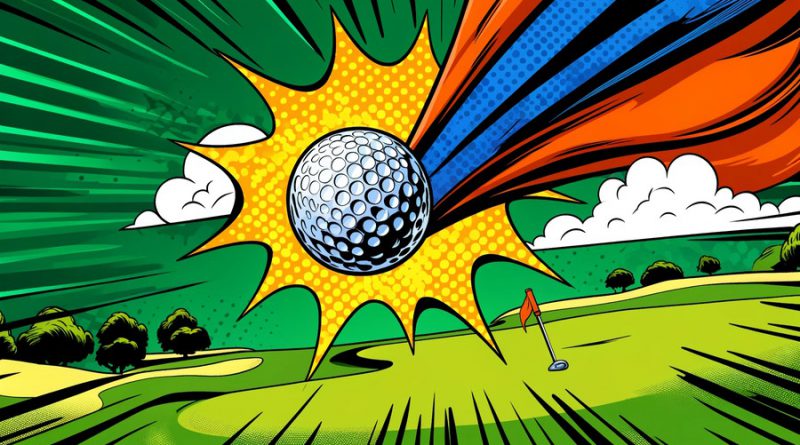
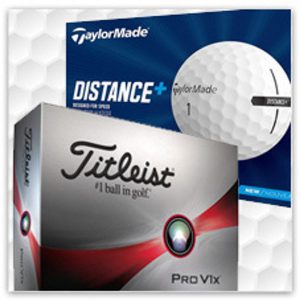






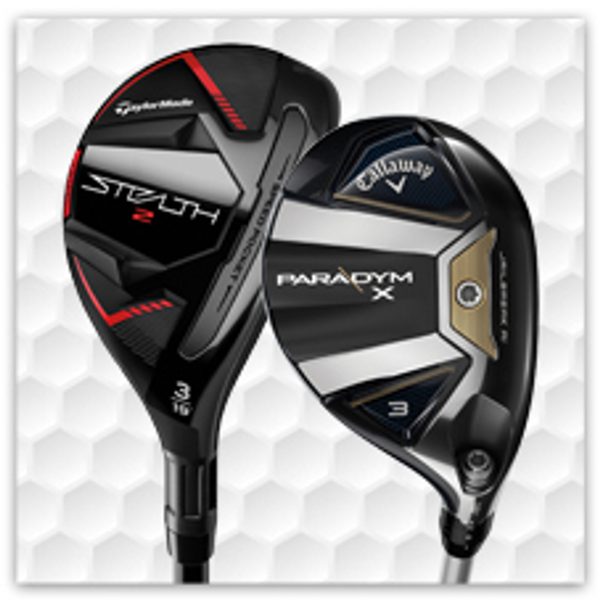
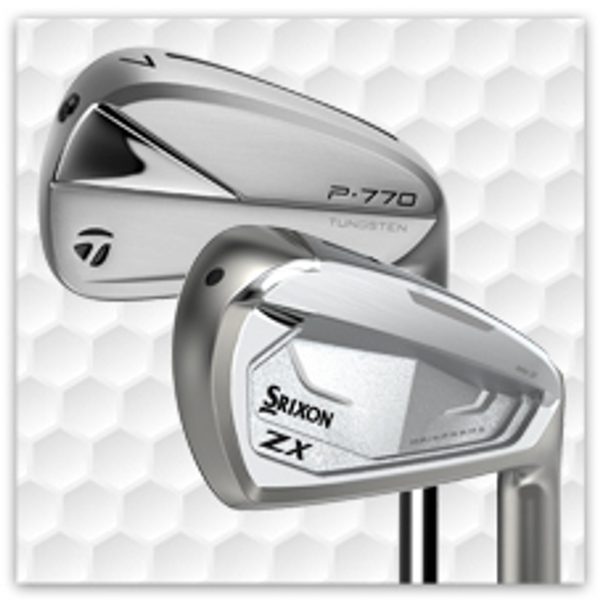
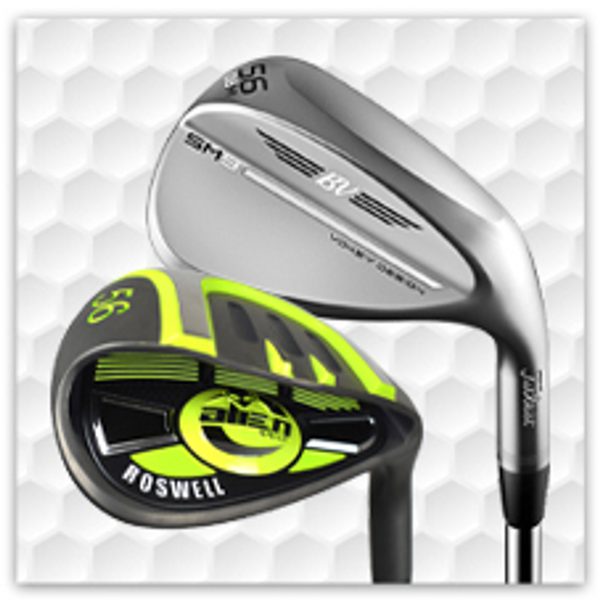
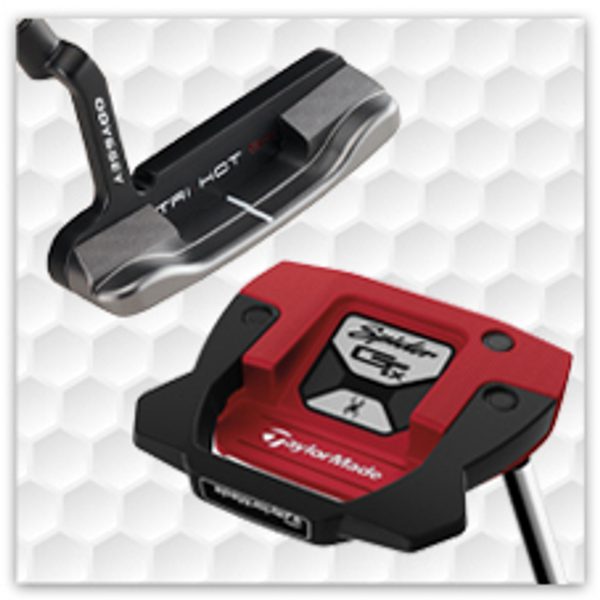
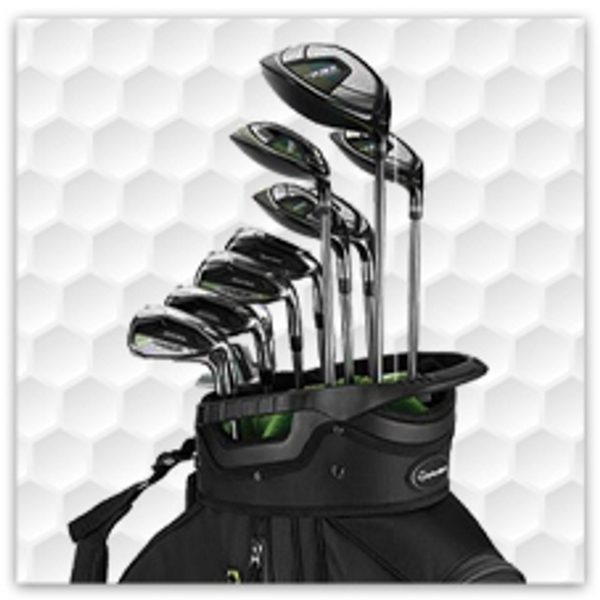
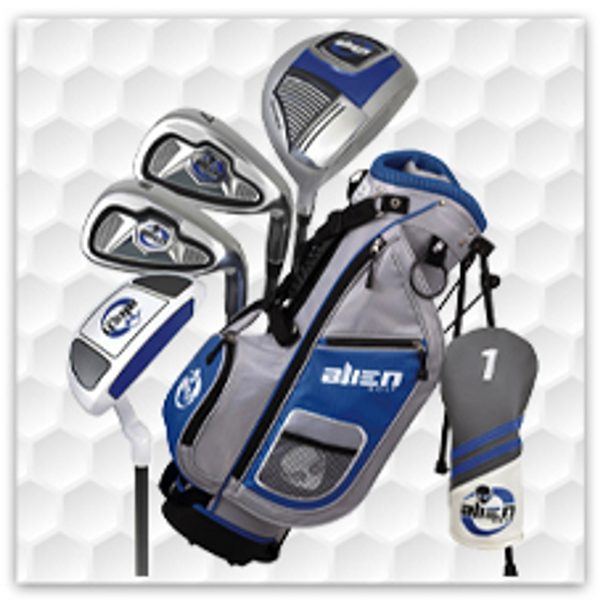


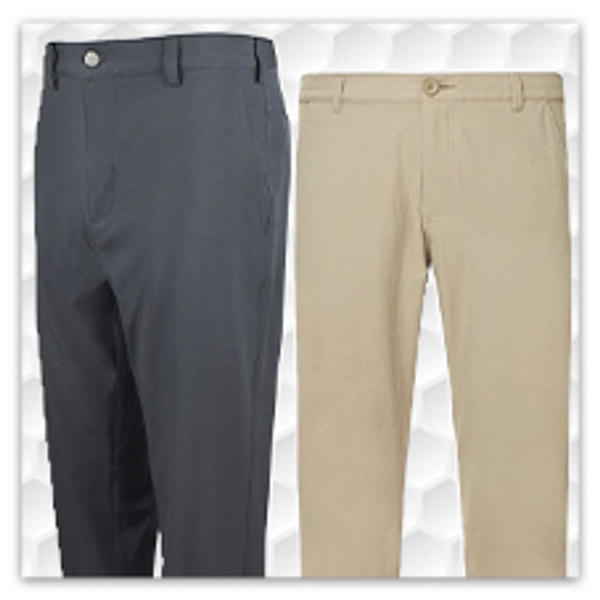
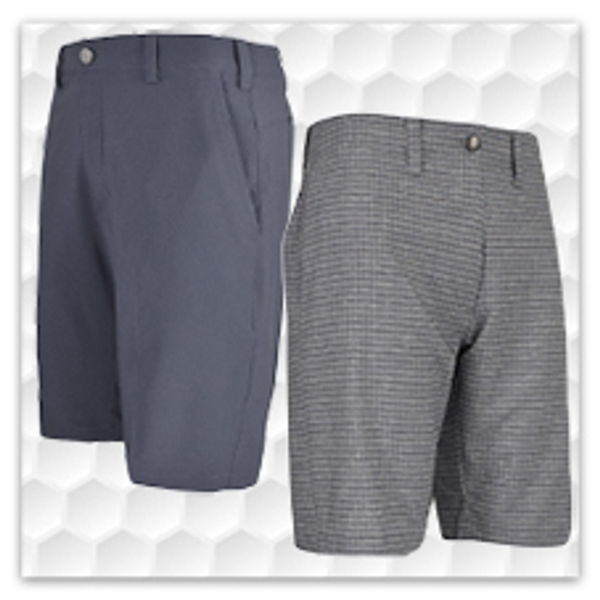
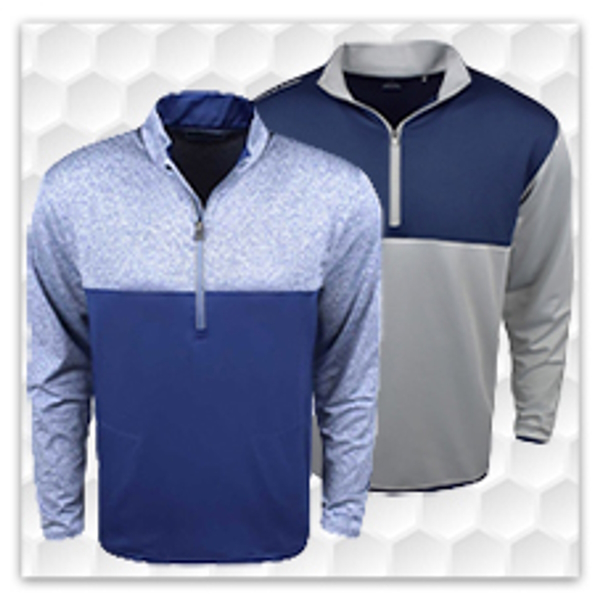
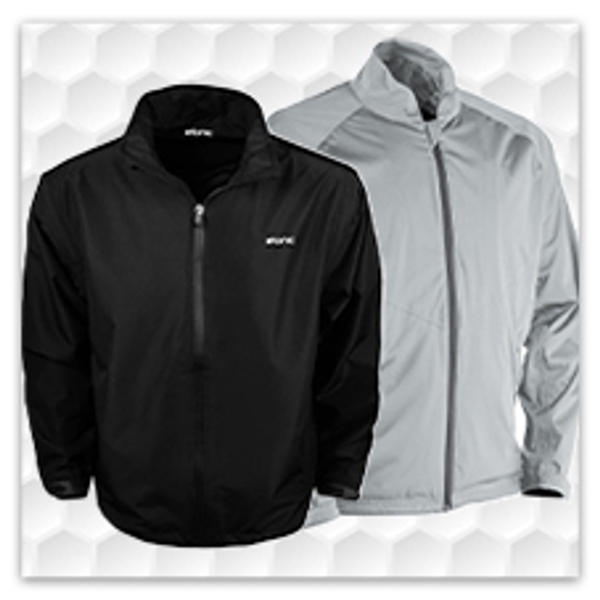
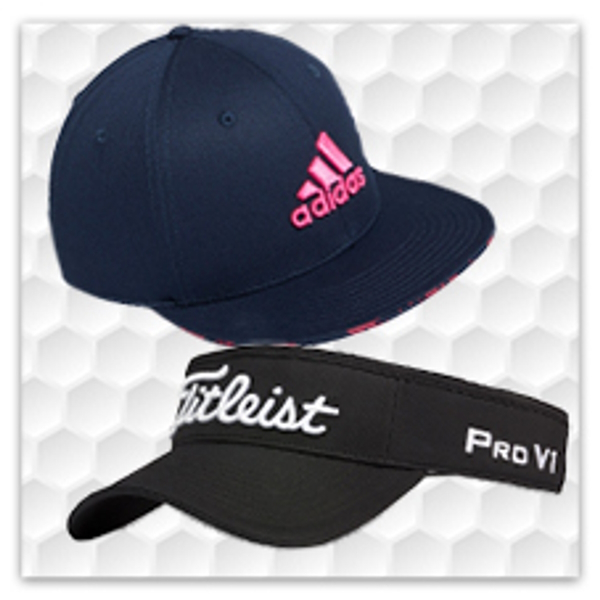
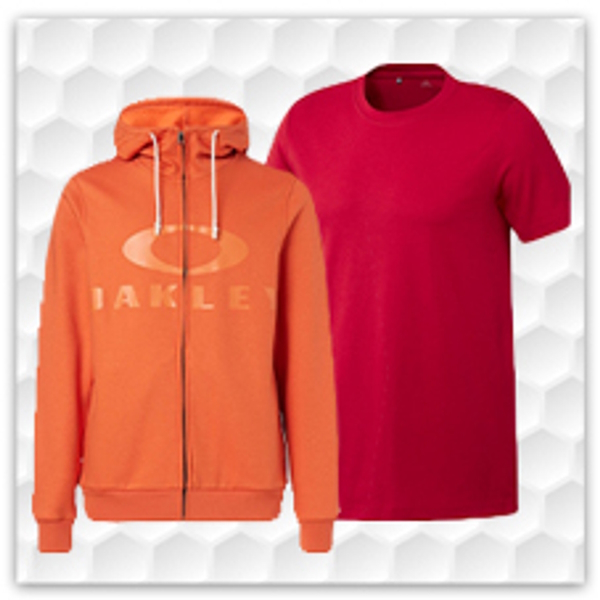



Pingback: The Best Golf Balls for Seniors: Enhance Your Game in 2024 - Blog | Rock Bottom Golf
Pingback: Best Golf Balls for Beginners: Recommendations and Reviews
Pingback: Altitude on Golf Ball Performance: Tips for High Elevation Golf